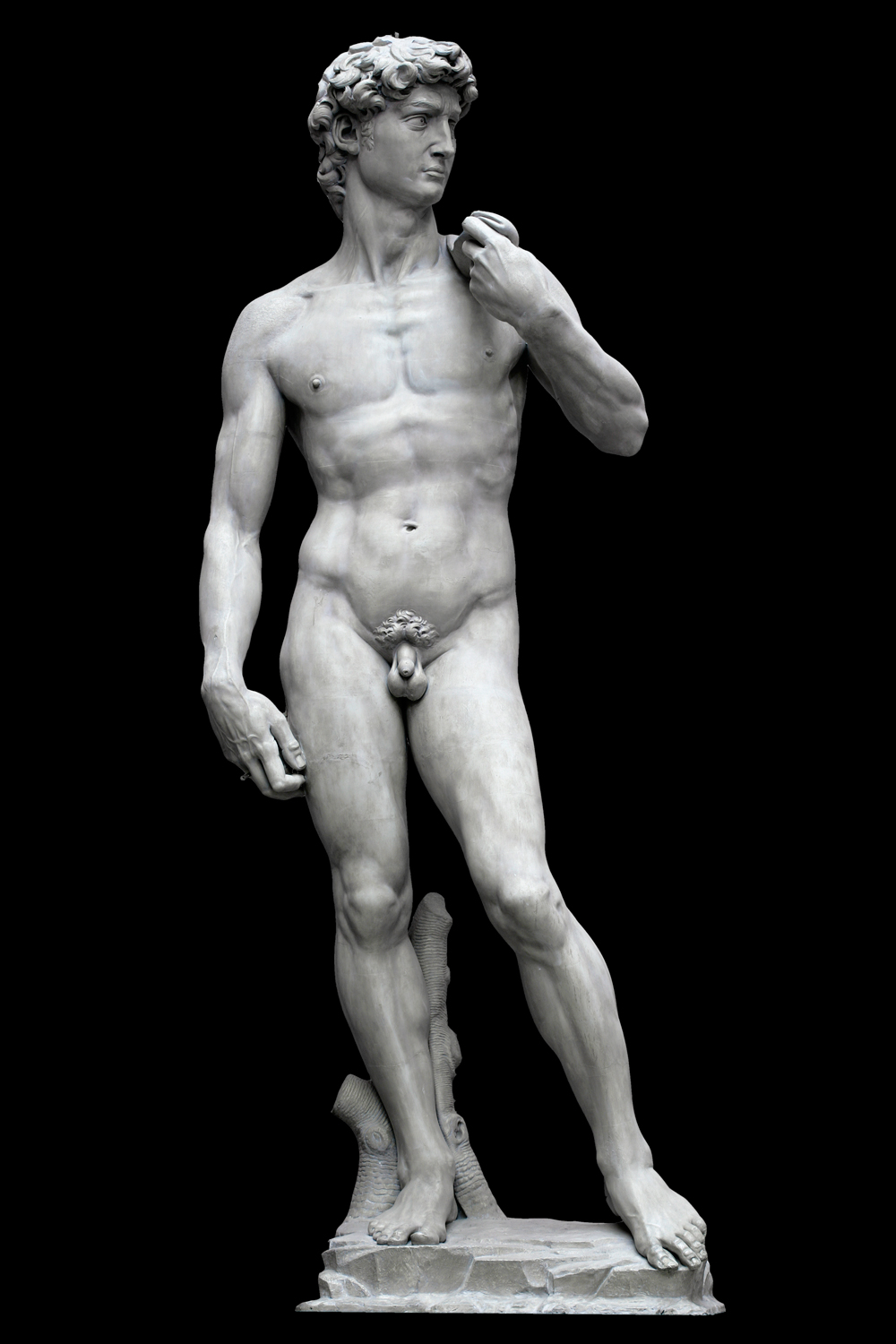15 FEBRUARY 2015
After world war I, the graphic designer are energized. Lets talk about Constructiveism, about the designer.
- EL Lissitzky, strong use typo and imagery, use diagonal line that shows movement(Russian propaganda poster).
- Alexander Rodchenko, photography, typography and montage, heavy use of sans serif.
Poster Design , primarily geometric shapes, many diagonal line use for showing movement.
- Shepard Fairey, create the poster for campaign for Obama.
- Theo van Doesbury, geometric abstraction, founder of DE STIJL movement.
- BAUHAUS, art school in Germany, crafts, fine arts, famous for approach to design, also called "school of building" or "house of construction", founded by Walter Gropius. BAUHAUS exhibition poster(1923)(Joost Schmidt), BAUHAUS magazine, BAUHAUS chair.
New Typography, Jan Tshichold(spell as Yhan chick-old), design practice set to the standard for new approach in books, job printing, advertistment and posters. Break free from the confines of the tradition typecase.
-Jan Tshichold believed in clarity rather than beauty.
The Swiss style
-known as international style or international typographic style, priority is to given to function. dislike of decoration, use negative space and emphasized simplicity, communication and objectivity.
-Armin Hofmann, very big sans serif type face used.
-Josef Muller Brockmann, a graphic designer, illustrator and so on.
-Paul Rand, the inventor of graphic design as American. Design ABC logo, Design for IBM, OPS ,Enron, Morning Star...and so on.
- Bradbury Thompson, a art director for magazine.
-Saul Bass, development to movie title credits.
-Milton Glaser, designed I LOVE NEW YORK
Lets talk about Expressionism
Edward munch an Expressionism which his artwork is skrik/the scream
-Definition, use colour stroke to express what you see
-they dont use right colour or stoke, they use their own style to express their feelings.
-Vincent van Gogh his brother Theo explained ' Instead of trying to reproduce exactly what i see before my eyes I use colour more arbitrarily to express myself forcibly.
Dadaism
-artist : marcelduchamp
-Cabaret Voltaire founded in Zurich
-'idea is more important than the work itself'
-'art can be made of anything'
-characteristics of dadaism, in total early things was rejected by dadaism.
Chapter9_Post War and Design
-Action paintings, Jackson Pollock with unique style drip paintings.
(No 5 1948 , famous&expensive paintings)
-Franz Kline
-Williem de Kooning
-Colour field & hard edge paintings
-Mark Rothko
-Pop Art
-Andy Warhol
Conceptual Art
-intended to convey idea
-behind work is more important than final work.
We learn Constructiveism, understand some designer. Learning some new typography. Learn about Expressionism and chapter 9 post war and design. Lastly some Pop Art and Conceptual art. We can know about the designer for these class. We learn the typography that created by artist. The design for Post War.
Sunday, 15 February 2015
Sunday, 8 February 2015
Art of the 18th and 19 century
8 FEBRUARY 2015 Sunday
This week we learn that the art at 18th and 19th century
Art of the 18th and 19 century about age of enlightenment, discover gravity,nature everything. It also called age of revolution 1775-1848.
There is neoclassicism - same type with romantisism. neoclassical sculpture dealt with same
Jacques-louis david a famous painter
Jacques-louis david art----- death of marat
Romanticism
The artist Eugene Delacroix, period romanticism---liberty leading the people
Neoclassicism is all about REASON and Romanticism is all about PASSION
The Graphic Renaissance have pictographs, ideographs, hieroglyphics, phoenicians。
Pictographs simple and easy to understand while ideographs is used to represent event.
The Greeks and The Roman Revolution they create Serifs (an Typo), also a Caroline Miniscale system, started to have lowercase system.
The type of designer (Typo )
William Caslon- typo that have major stroke and minor stroke
John Baskervillie- typo that use thickness
Firmin Diot Giambattista Bodon
Max Miedinger, 1957 created Helvetica
After that we also learn Realism, Realism began in France and realists rejected romanticism. Realism that means their style have no drama no heroic, it just like daily a simple daily life. Portray real and typical contemporary people and situations with truth. Gustave Courbet, painting Burial.
Bonjour, monsieur courbet, Gustave a daily life drawing means HI.
In a simple way to simplify the data, Neoclassicism there is popular artist Jacque-Louis David, his paintings- Oath of Horati.
Romanticism popular artist Eugene Declariox, his paintings- Liberty Leading the People. Realism famous artist Gustave Courbet and his paintings Burial of Ornans and Bonjour, monsieur courbet.
This week we learn that the art at 18th and 19th century
Art of the 18th and 19 century about age of enlightenment, discover gravity,nature everything. It also called age of revolution 1775-1848.
There is neoclassicism - same type with romantisism. neoclassical sculpture dealt with same
Jacques-louis david a famous painter
Jacques-louis david art----- death of marat
Romanticism
The artist Eugene Delacroix, period romanticism---liberty leading the people
Neoclassicism is all about REASON and Romanticism is all about PASSION
The Graphic Renaissance have pictographs, ideographs, hieroglyphics, phoenicians。
Pictographs simple and easy to understand while ideographs is used to represent event.
The Greeks and The Roman Revolution they create Serifs (an Typo), also a Caroline Miniscale system, started to have lowercase system.
The type of designer (Typo )
William Caslon- typo that have major stroke and minor stroke
John Baskervillie- typo that use thickness
Firmin Diot Giambattista Bodon
Max Miedinger, 1957 created Helvetica
After that we also learn Realism, Realism began in France and realists rejected romanticism. Realism that means their style have no drama no heroic, it just like daily a simple daily life. Portray real and typical contemporary people and situations with truth. Gustave Courbet, painting Burial.
Bonjour, monsieur courbet, Gustave a daily life drawing means HI.
In a simple way to simplify the data, Neoclassicism there is popular artist Jacque-Louis David, his paintings- Oath of Horati.
Romanticism popular artist Eugene Declariox, his paintings- Liberty Leading the People. Realism famous artist Gustave Courbet and his paintings Burial of Ornans and Bonjour, monsieur courbet.
Sunday, 1 February 2015
Renaissance
1 FEBRUARY 2015
We learn about Renaissance, means rebirth. It is the highest point achieve in art. It also a rebirth that emphasized Greek&Roman culture and learning (Flanders and Italy). Renaissance focus on Humanism. Renaissance art example like Mona Lisa by Leonardo da Vinci,
There is a skill to find out the shading for Mona Lisa artwork called SFUMATO. The Last Supper by Leonardo
that use the theory of one point perspective, The Creation of Adam by Michelangelo,
the artwork is on the top of the building. We also learn about base relief, that separate to low relief and high relief. We also learn POLYMATH which means science, mathematics, art, and biology and others. Also some examples for the Medieval and Renaissance difference. During Medieval there's Religious Art but lacks perspective and it appears flat and also little use of light and shadow. During Renaissance, (secular) less emphasis on religion. Figures were drawn from nature and were based on real world.
After we finish the Renaissance topic, we learn the Mannerism, the allegory of time and lust (drawing is Anatomically correct). Baroque, the paintings are asymmetrical composition and powerful effect of movement. The sculpture is same as paintings which rich with materials. The architecture are classical orders to be use as vocabulary. Here are some examples of drawing, Christ with Doubting Thomas by Caravaggio(strong use of light) which also called Chiaruscuro.
The Milkmaid by Jan Vermeer. The Ecstasy of St Theresa, Bernini (dynamic/flow/expression). There also some Baroque artist like Caravaggio,Peter Paul Rubens that defined the use of Chiaruscuro. Baroque vs Mannerism, baroque were more emotion dramatic, baroque art most are very expensive, mannerism like stage. There's example like David sculpture by Bernini and Michelangelo, Bernini use more expressive and dramatics facial expression and dynamic while Michelangelo use the Contraposto which means the relaxed position.
We learn about Renaissance, means rebirth. It is the highest point achieve in art. It also a rebirth that emphasized Greek&Roman culture and learning (Flanders and Italy). Renaissance focus on Humanism. Renaissance art example like Mona Lisa by Leonardo da Vinci,
There is a skill to find out the shading for Mona Lisa artwork called SFUMATO. The Last Supper by Leonardo
that use the theory of one point perspective, The Creation of Adam by Michelangelo,
the artwork is on the top of the building. We also learn about base relief, that separate to low relief and high relief. We also learn POLYMATH which means science, mathematics, art, and biology and others. Also some examples for the Medieval and Renaissance difference. During Medieval there's Religious Art but lacks perspective and it appears flat and also little use of light and shadow. During Renaissance, (secular) less emphasis on religion. Figures were drawn from nature and were based on real world.
After we finish the Renaissance topic, we learn the Mannerism, the allegory of time and lust (drawing is Anatomically correct). Baroque, the paintings are asymmetrical composition and powerful effect of movement. The sculpture is same as paintings which rich with materials. The architecture are classical orders to be use as vocabulary. Here are some examples of drawing, Christ with Doubting Thomas by Caravaggio(strong use of light) which also called Chiaruscuro.
The Milkmaid by Jan Vermeer. The Ecstasy of St Theresa, Bernini (dynamic/flow/expression). There also some Baroque artist like Caravaggio,Peter Paul Rubens that defined the use of Chiaruscuro. Baroque vs Mannerism, baroque were more emotion dramatic, baroque art most are very expensive, mannerism like stage. There's example like David sculpture by Bernini and Michelangelo, Bernini use more expressive and dramatics facial expression and dynamic while Michelangelo use the Contraposto which means the relaxed position.
Subscribe to:
Comments (Atom)















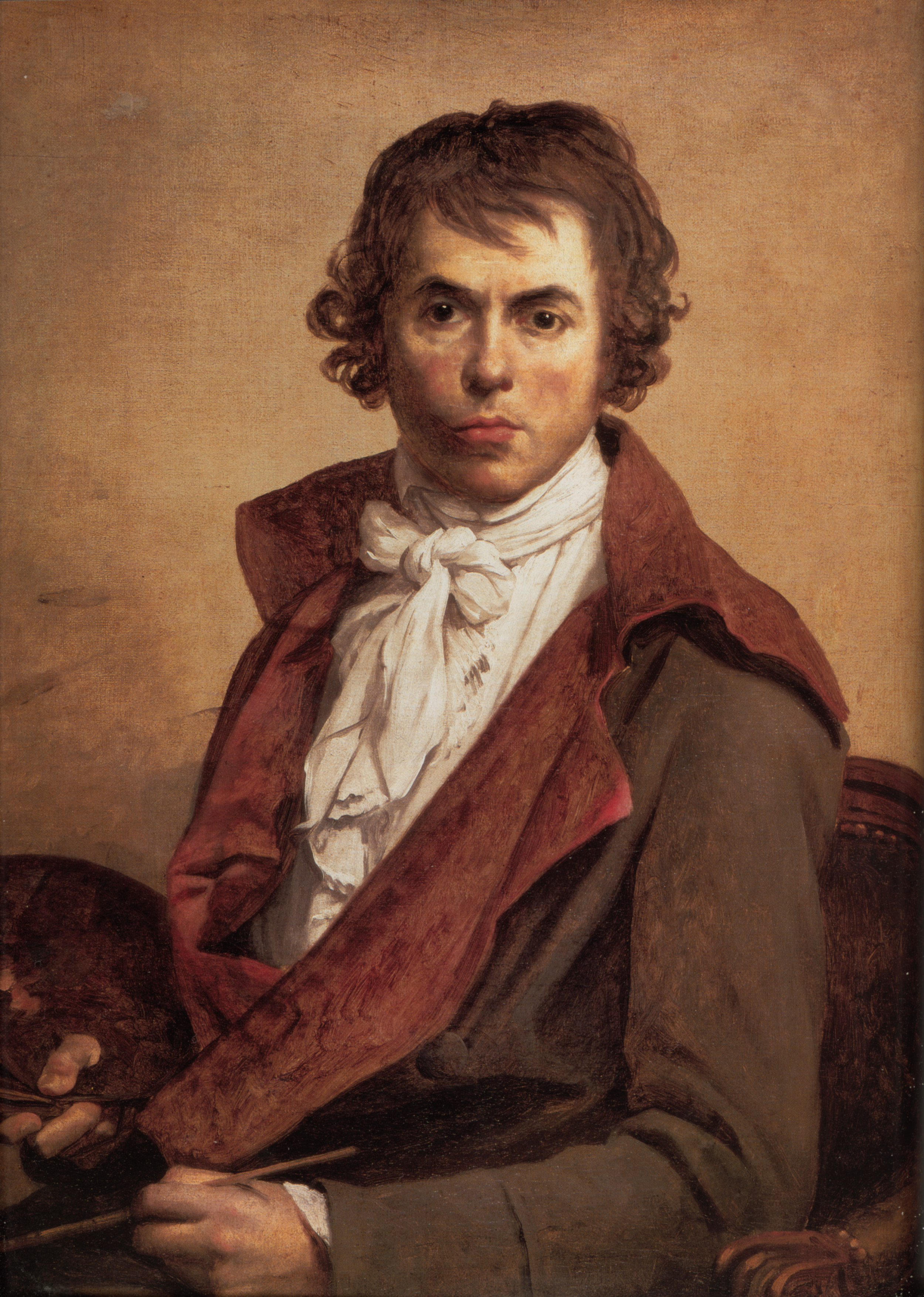

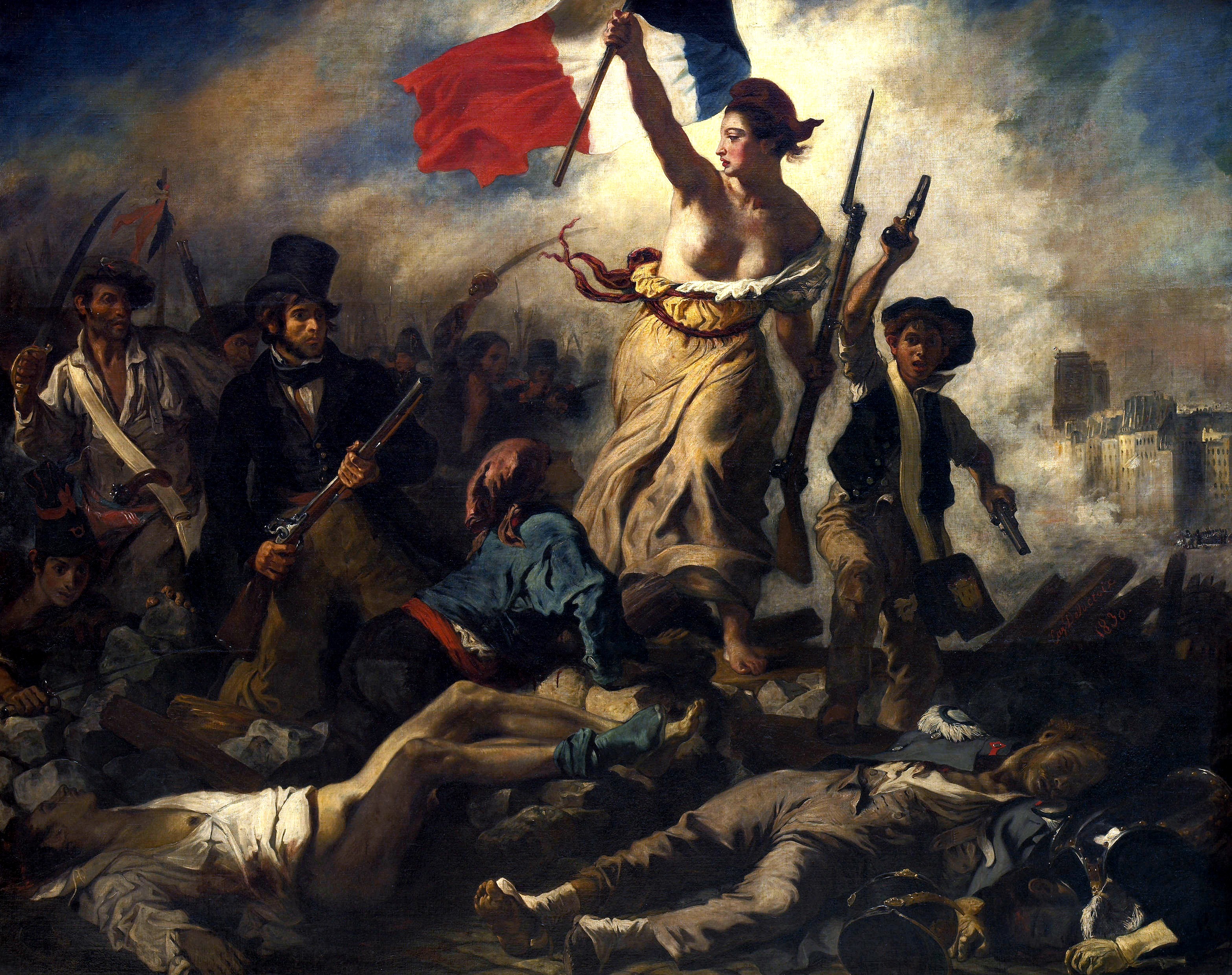


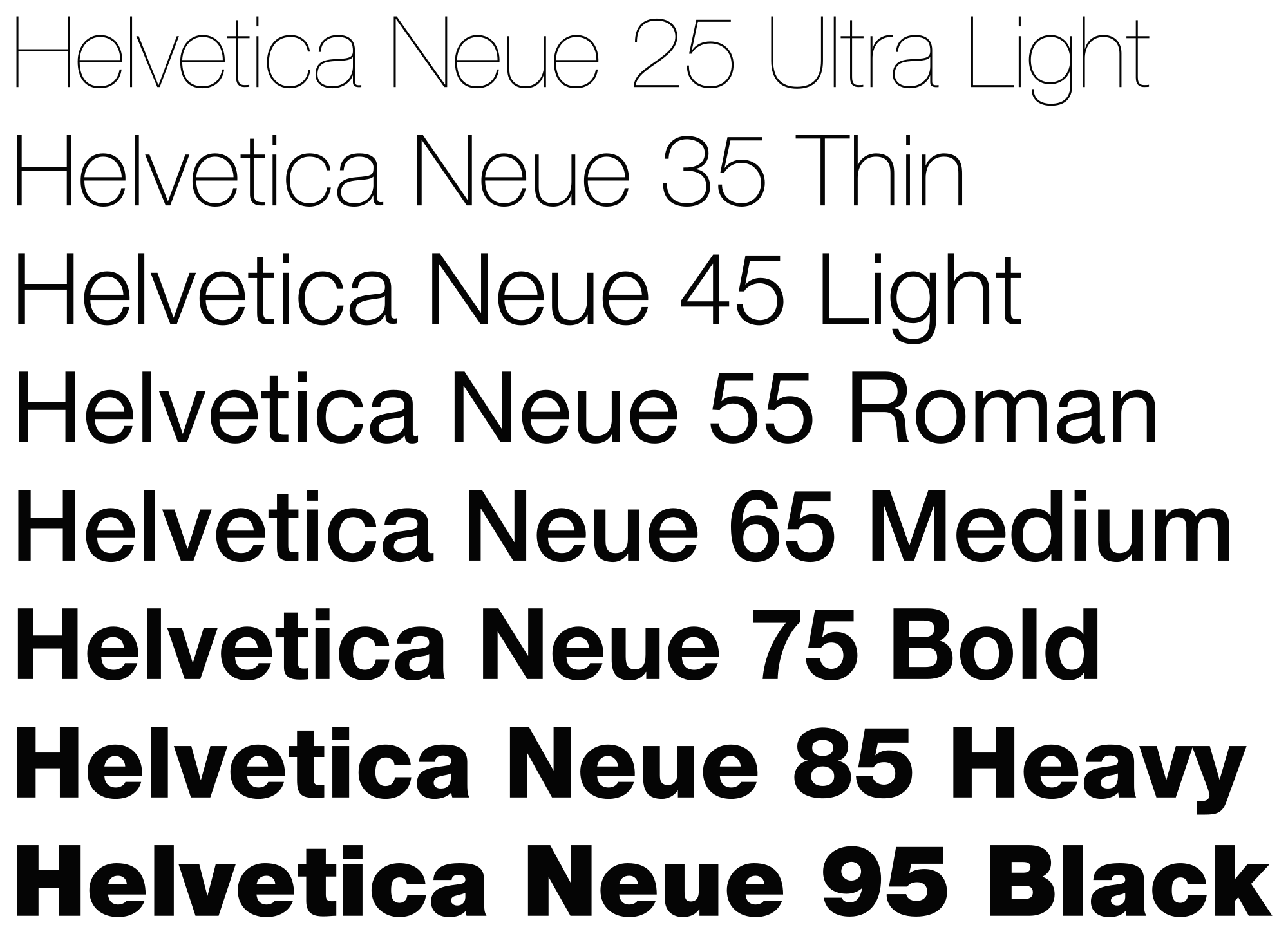


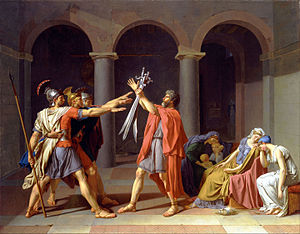
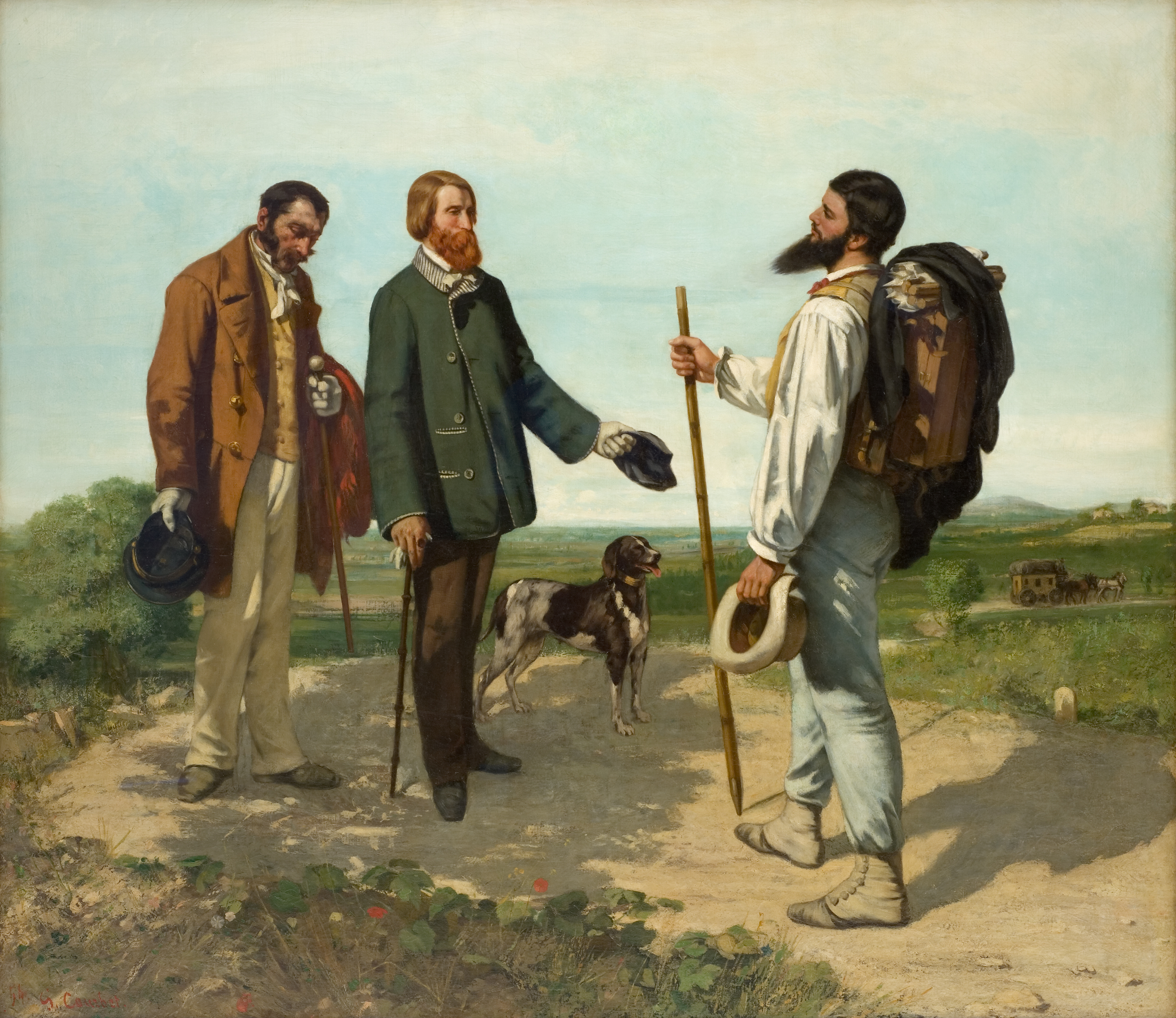
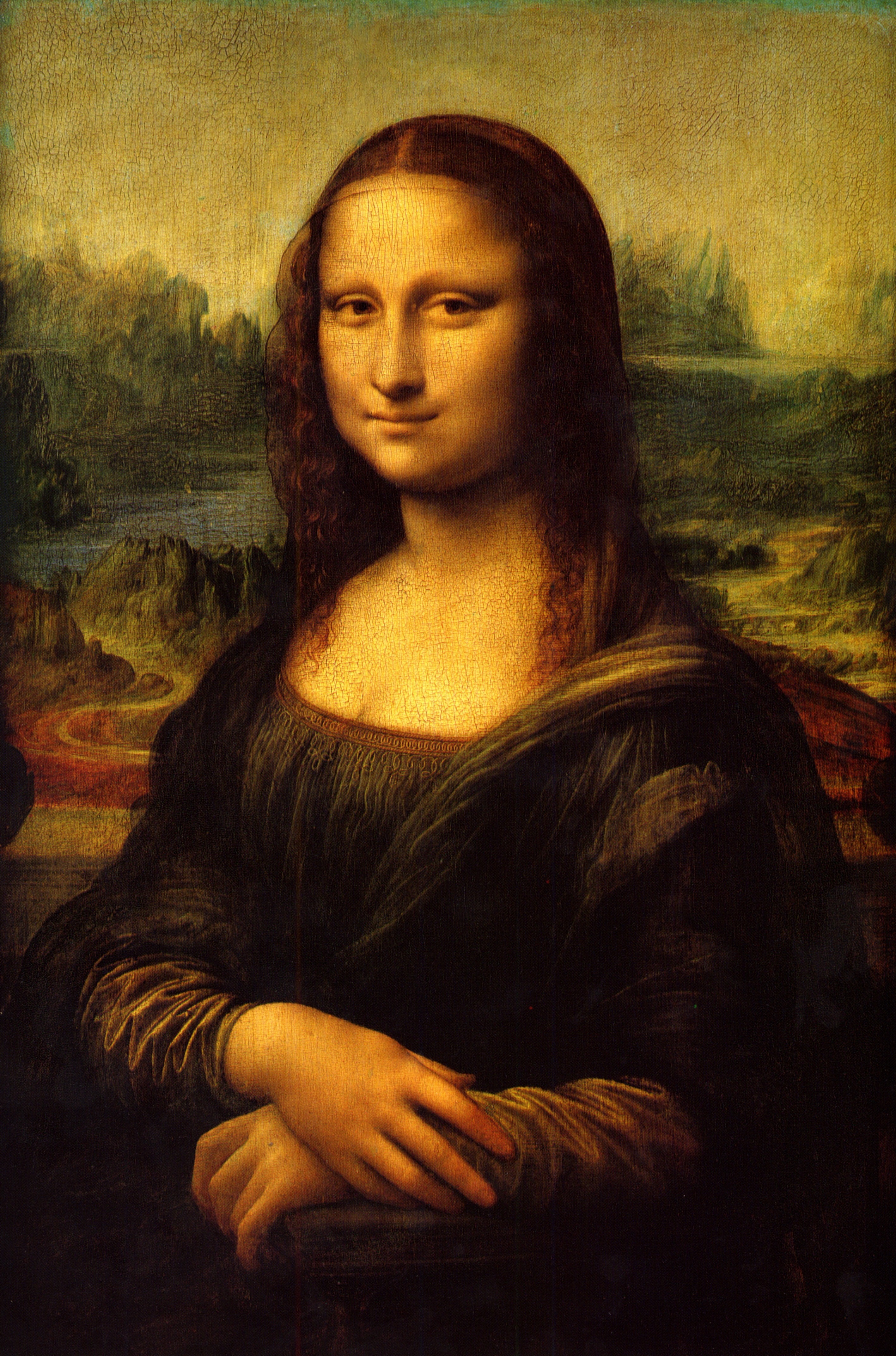
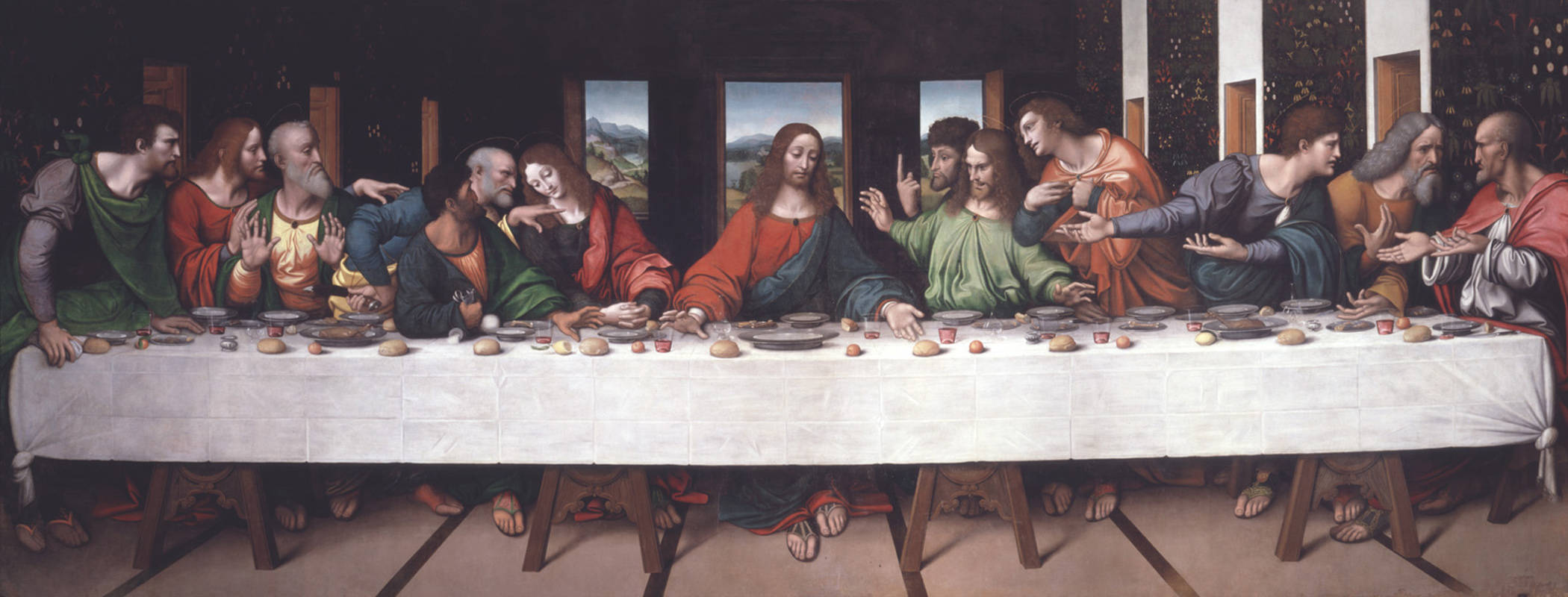
.jpg)
.jpg)



